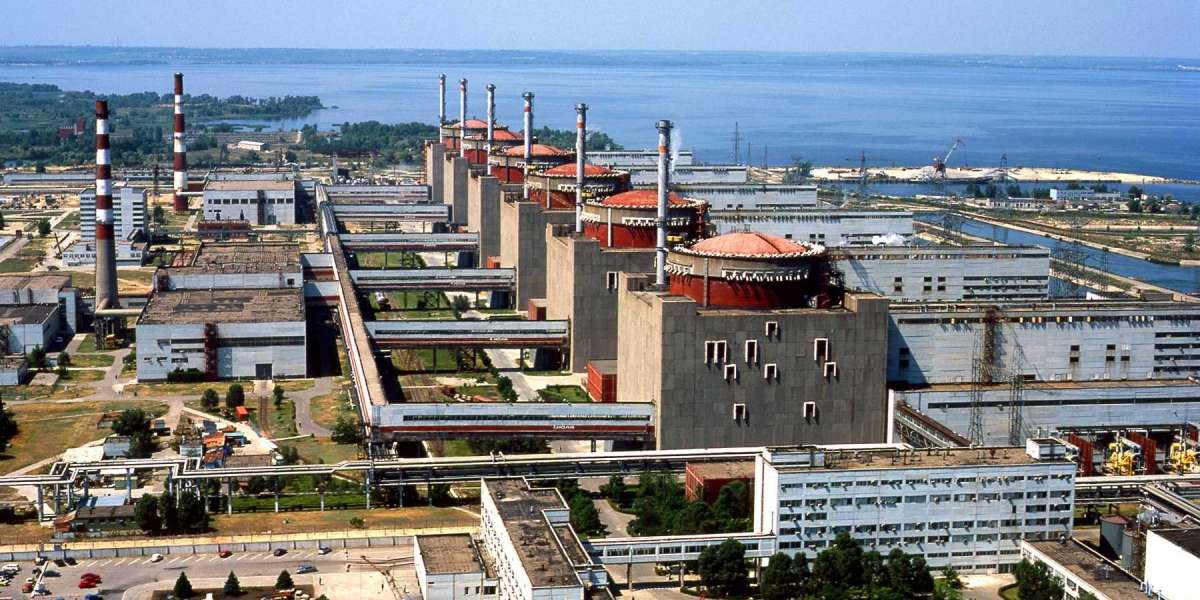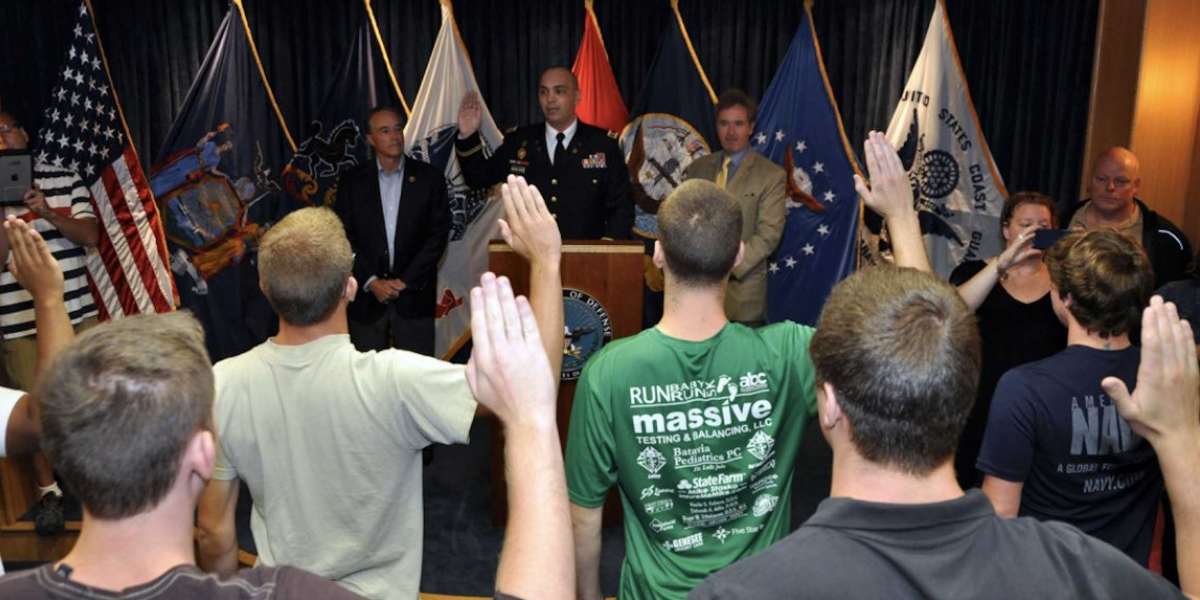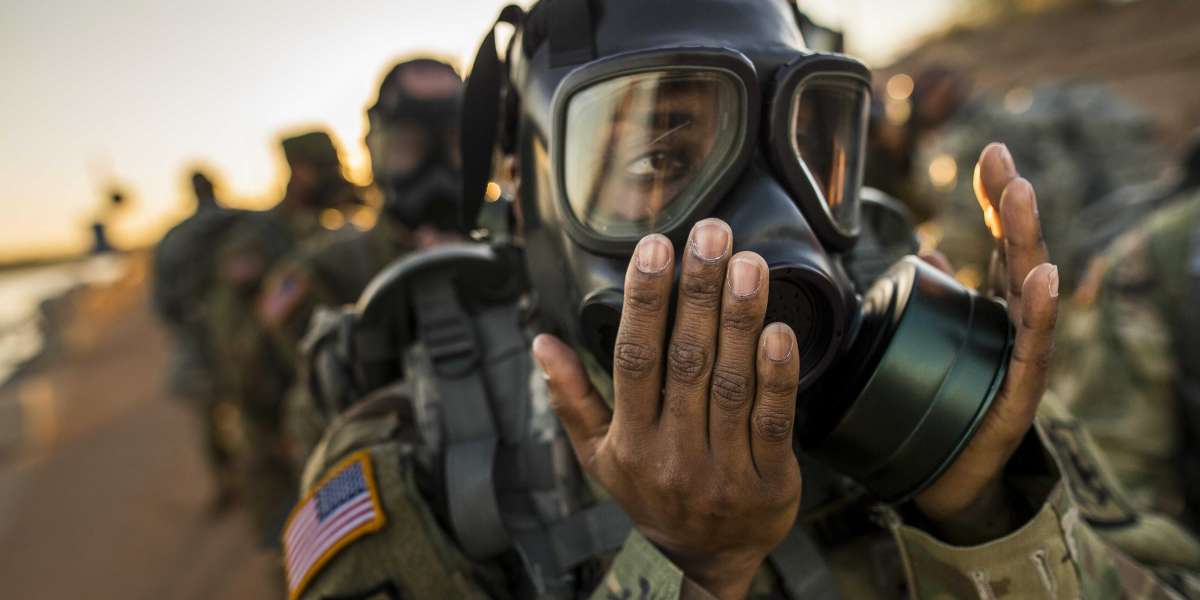Russian propagandist TV claims Russia could store missiles in Mexico, Cuba and Venezuela in response to NATO authorization given to Ukraine to strike inside Russian borders using their missiles.
The exercises, which will include long-range bombers, will be the first simultaneous air and naval maneuvers Russia has carried out in the Caribbean since 2019, an U.S. official said. The exercises will be conducted over the summer, culminating in a worldwide naval exercise in the fall.
The Department of Homeland Security (DHS) had released a step-by-step guide explaning how to procced in case a nuclear strike happens.
NUCLEAR ATTACK, WHAT IS IT?
Unlike a "dirty bomb" which disperses radioactive material using conventional explosives, a nuclear attack is the use of a device that produces a nuclear explosion.
A nuclear explosion is caused by an uncontrolled chain reaction that splits atomic nuclei (fission) to produce an intense wave of heat, light, air pressure, and radiation, followed by the production and release of radioactive particles.
For ground blasts, these radioactive particles are drawn up into a "mushroomcloud" with dust and debris, producing fallout that can expose people at great distances to radiation.
WHAT IS THE IMPACT OF A NUCLEAR ATTACK?
A nuclear attack could cause substantial fatalities, injuries, and infrastructure damage from the heat and blast of the explosion, and significant radiological consequences from both the initial nuclear radiation and the radioactive fallout that settles after the initial event.
An electromagnetic pulse from the explosion could also disrupt telecommunications and power distribution. The energy released by a nuclear explosion is distributed roughly as 50% shockwave; 35% heat; 5% initial nuclear radiation; and 10% fallout radiation.
This distribution varies depending on the design of the weapon and the altitude of the explosion.
CHARACTERISTICS OF A NUCLEAR EXPLOSION
A fireball, roughly spherical in shape, is created from the energy of the initial explosion. It can reach tens of millions of degrees.
A shockwave races away from the explosion and can cause great damage to structures and injuries to humans.
A mushroom cloud typically forms as everything inside of the fireball vaporizes and is carried upwards. Radioactive material from the nuclear device mixes with the vaporized material in the mushroom cloud.
Fallout results when the vaporized radioactive material in the mushroom cloud cools, condenses to form solid particles, and falls back to the earth. Fallout can be carried long distances on wind currents as a plume and contaminate surfaces miles from the explosion, including food and water supplies.
The ionization of the atmosphere around the blast can result in an electromagnetic pulse (EMP) that, for ground detonations, can drive an electric current through underground wires causing local damage. For high-altitude nuclear detonations, EMP can cause widespread disrup-tion to electronic equipment and networks.
Check the fact sheet from the National Academies and the U.S. Department of Homeland Security








